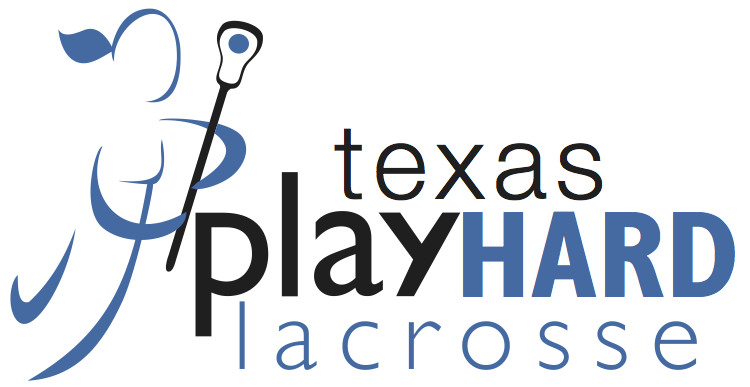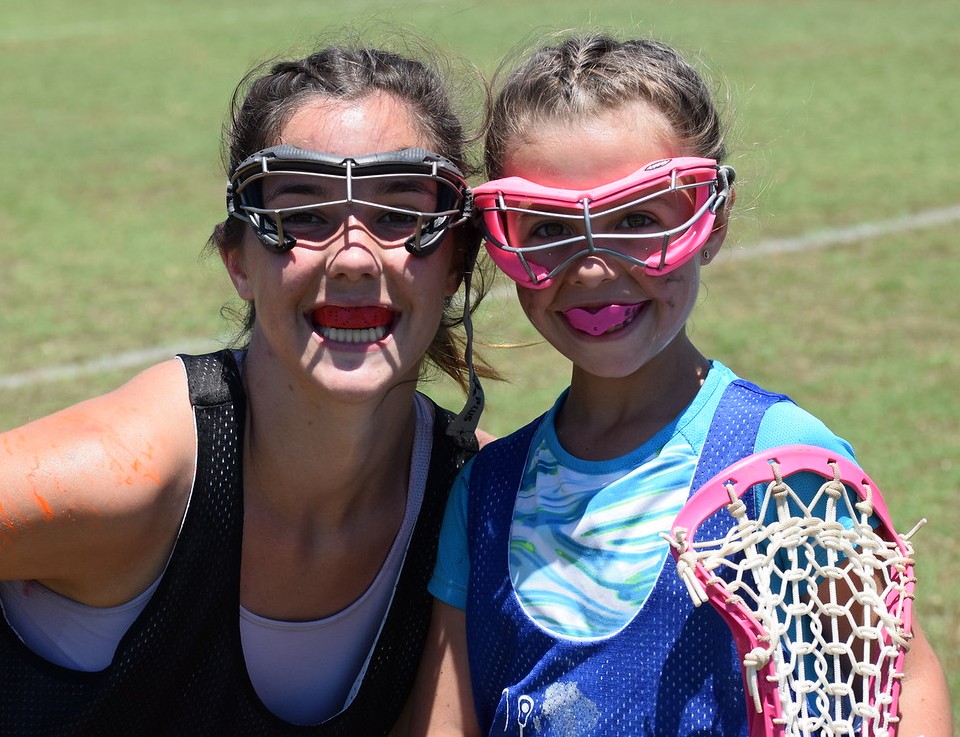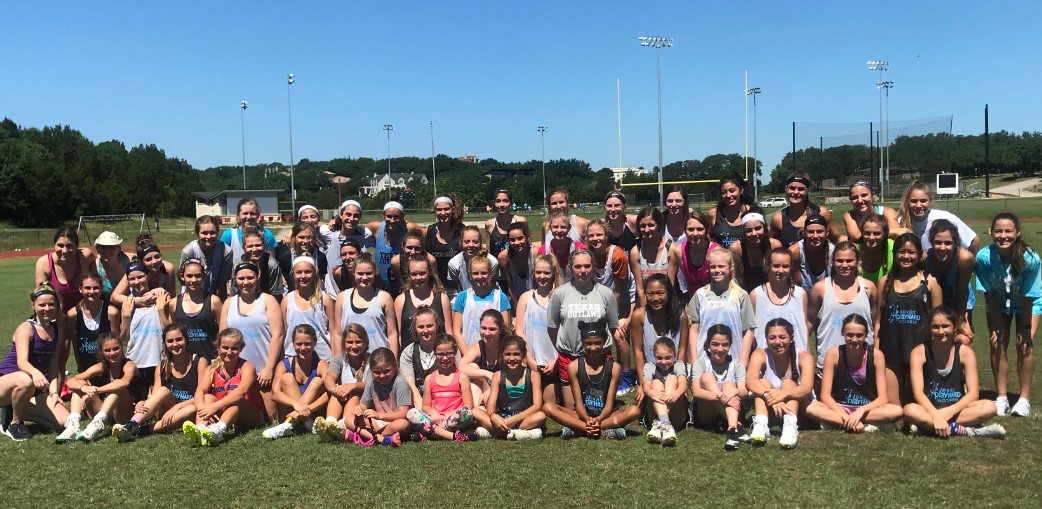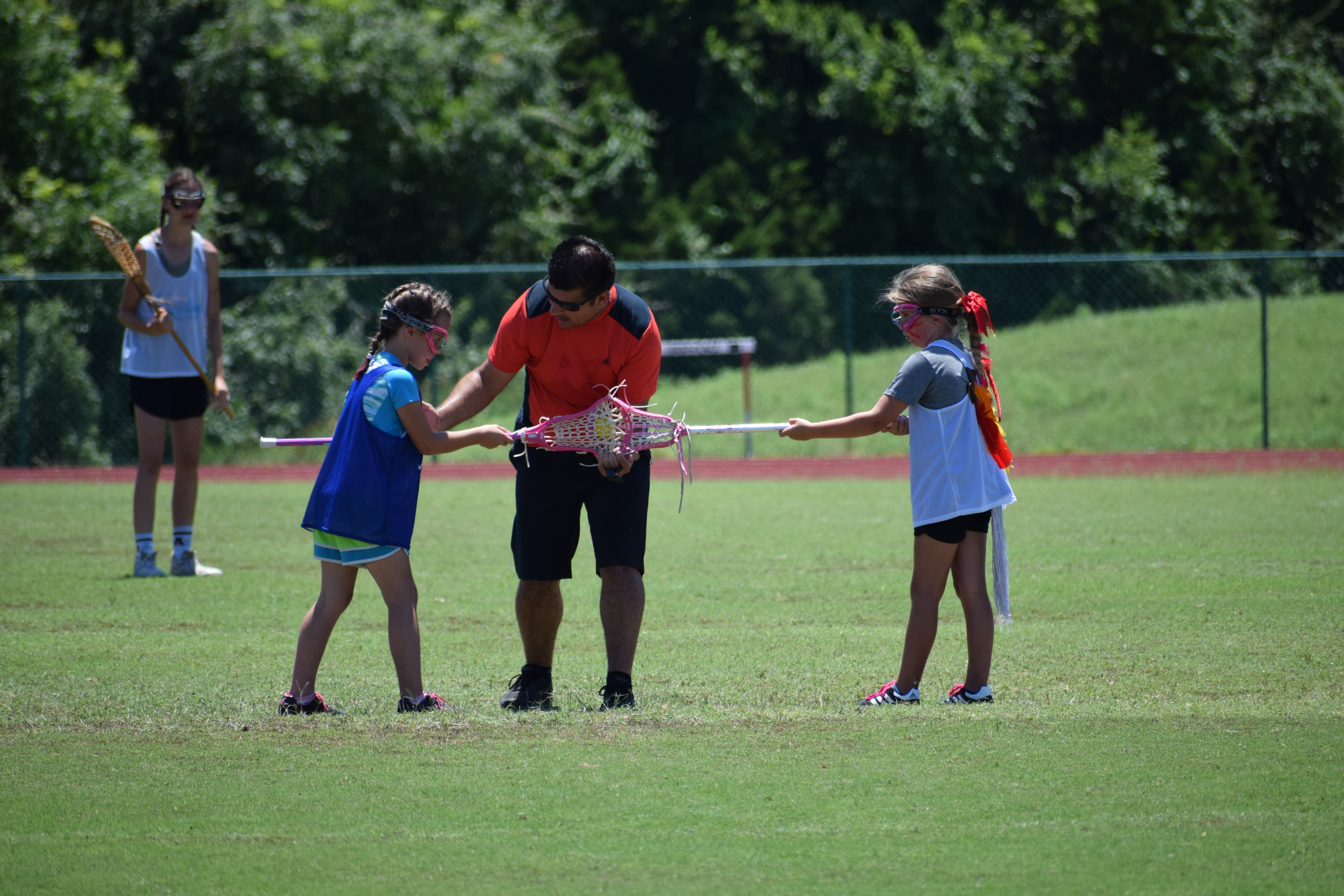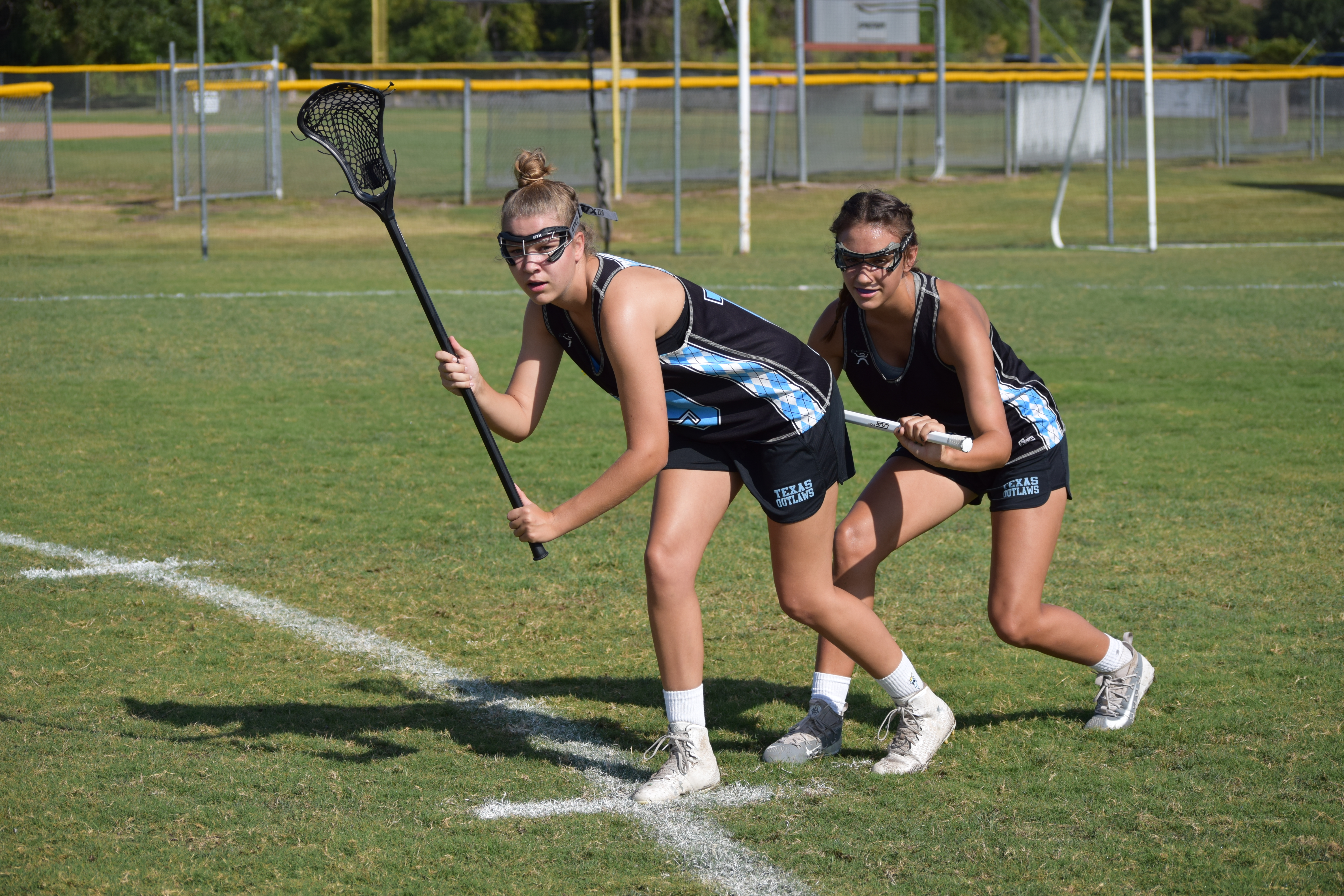Freshman Year:
- Create resume and cover letter
- Start attending camps and tournaments in different areas
- Get video taped. Take every opportunity to get some footage of yourself playing: tournaments, practices, tryouts, games, etc.
Sophomore Year:
- Begin your college search (at least 30 schools) and start your research, to narrow your search use https://bigfuture.collegeboard.org/college-search?navid=gh-cs
- Sign up with NCAA eligibility center ($90): www.eligibilitycenter.org
- Update cover letter and resume then send it to your 30 colleges
- Create highlight video of your freshman/sophomore year
- Start taking unofficial visits to campuses or working in campus visits on family vacations
- Take your PSAT test to get an idea o which schools to look at
Junior Year:
- Update your cover letter, resume, and highlight video in the fall
- Filter your choices in potential schools to pursue (down to 20 schools)
- Take as many unofficial visits as you want
- Take your ACTs and SATs tests
Senior Year:
- Time to get serious. Take your official visits in the fall
- You should have a solid idea of where you want to go to school and how serious you want to be committed to a lacrosse program
- Attend at least one last showcase/tournament in the fall; coaches can actively come up and talk to you
- Make your decision towards the end of fall/late winter if not earlier
Every Year MUSTs:
- Keep your grades up. Make sure to work hard in school and keep up your grades, because you are a student first and an athlete second.
- Attend camps and tournaments in new areas with recruitment opportunities
- Update coaches as your season develops with new cover letters, resumes, and video tapes. The more contact and interest you show the better!
- For every school interested in, go to their website and fill out all recruiting info.
- Research Lacrosse Programs. Go to college website, athletics, women's lacrosse, then recruiting. Fill out the lacrosse recruiting questionnaire. This will get you into their system or database. When researching colleges, remember the Broken Leg Principle: If you attended a college and intended to play lacrosse, but then broke your leg and couldn't play, would you still be happy at the school?
NCAA Rules and Regulations
Full description of rules and regulations are found at the NCAA website: www.ncaastudent.org
Here is a list of contact rules during your high school career:
- A D1 college coach may not contact you until:
- September 1 of Junior Year: by mail, email, and phone without limit.
- A D2 college coach may not contact you until:
- June 15 of your junior year: by mail, email, and phone without limit
- After your junior year: unlimited contact
- A D3 college coach may not contact you until:
- You may contact the coach at any point of your high school career by email, mail or phone. The coach will not return phone calls, emails or letters until the above dates of permission.
- Unofficial Visits: you may take as many as you would like at any point of your high school career.
- Official Visits: you are allowed up to 5 official visits and may only take them once you have started your senior year for Division I and II; you may take as many official visits only once per college or university for Division III.
Terminology
- Unofficial Visit: campus visits you and/or your family may take at your own expense.
- Official Visit: campus visit paid for by the college or university that is arranged by the head coach online. The athletic department may arrange and pay for the following: round trip transportation from your home to campus, up to 3 meals a day, and reasonable entertainment such as free admission up to 3 athletic events on campus
- Verbal Intent: you verbally commit to a coach that you will be attending that college or university
- Letter of Intent: you sign a document committing yourself to that college or university
Myths about Divisions
- Just because a school is Division I doesn't mean it's the best at lacrosse. It's all about finding the right program for you. Sit down and think how involved and intense you want to be with lacrosse in college. Check out websites like www.ncaa.org and iwcla.org for school's rankings nationwide to get an idea of how intense their program is. Usually a program in the top 20 for all Divisions is going to be pretty intense!
- Division I- school is granted money to give to students for athletic purposes. This only means a school has X amount of athletic scholarship money available to put them in this tier.
- Division II- school is granted money to give to students for athletic purposes. Again, this is similar to Division I but has less amount of athletic scholarship money available than Division I.
- Division III- school is not granted money to give to students for athletic purposes. The school can supplement an athlete through academic or other means of financial aid.
Attending camps, schools &/or tournaments
- Contact the coach and let them know that you are attending their camp. It's a great way to get noticed and actually get a taste of what it's like to work with that coach.
- Write down what you like and don't like about the area/school
- Write down your initial reactions and feelings towards the school and the team. Remember your teammates will be your family for the next four years!
Creating a lacrosse video
We live in a non-traditional lacrosse area so you MUST create a highlight video. Every coach will ask to see it. Use recruiting tournament videos, you may also have parents film high school games for additional footage.
No more than 5 minutes of edited clips of your playing ability. In addition, provide some unedited game footage (so college coach can see how you fit into the big picture of a game situation). Important, create a video that demonstrates you as a player in your position! For ex. If you are a defender, do not create film that only shows you shooting more than once or twice! You want the coach to be able to imagine how you will realistically fit into their program.
What to put in your video:
Everyone:
- quick introduction of yourself, show some personality so you are memorable to the coaches
Attackers show:
- transitioning the ball
- different shots using both hands
- different dodges
- assisting other players
- redefending after opposing team turns over the ball
- mistake you made and how you react to your mistake
Defenders show:
- 1 on 1 defense
- Double teaming
- Slides to dangerous player
- Interceptions (turnover)
- Transition out of defensive end
- mistake you made and how you react to your mistake
Midfielders show:
- Draw control
- Some of bullets listed under Attackers
- Some of bullets listed under Defenders
Finally, upload to Youtube or Google Drive; provide the link on your resume.
